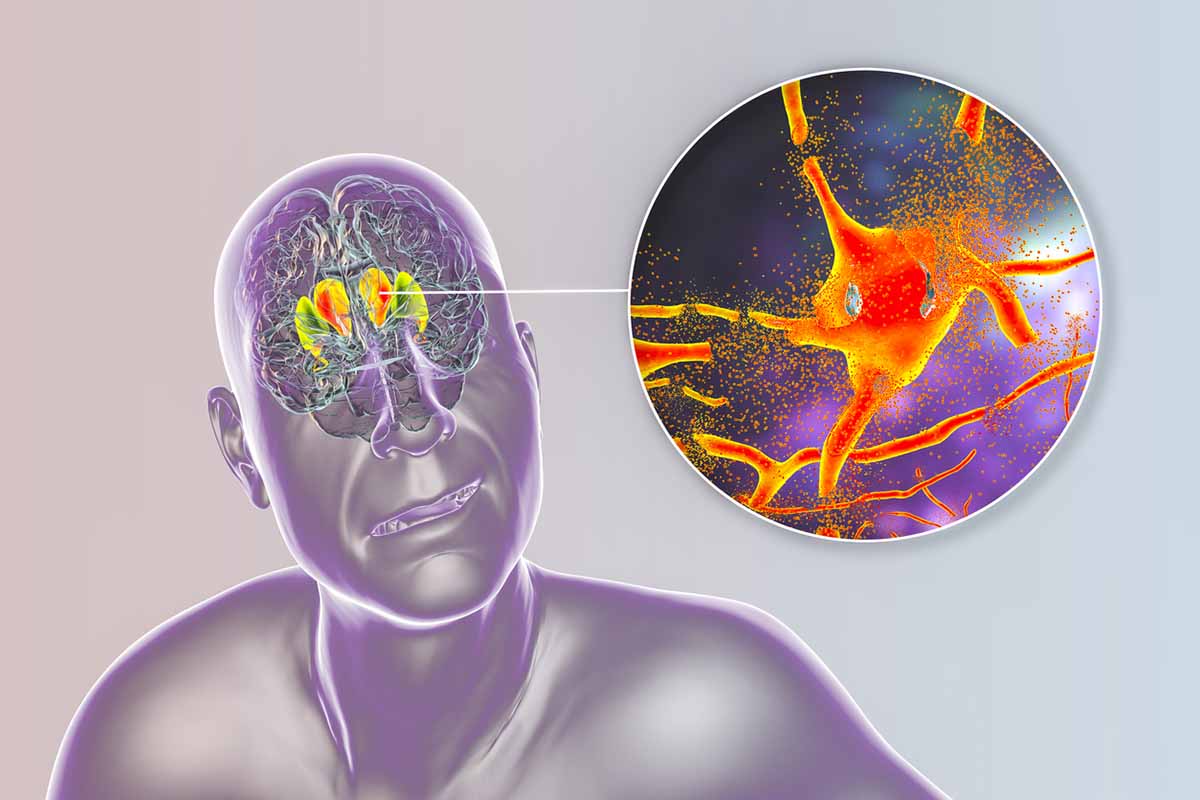A Case of Psychogenic Non-Epileptic Seizures, Unresponsive Type, in Pregnancy
To the Editor: We report a case of psychogenic non-epileptic seizures (PNES) in a pregnant woman. We believe this is a unique case because there are few published cases of PNES and even fewer of PNES occurring in pregnant individuals.
Case report. Ms A, a 27-year-old gravida 2, para 1 woman, was 25 weeks pregnant when she presented to the labor and delivery unit with syncopal episodes with unresponsiveness lasting a few hours. Her current pregnancy had been complicated by hypothyroidism and frequent 2- to 3-minute syncopal episodes that began in her first trimester. Her syncopal episodes were evaluated by the cardiology department and thought to be due to vasovagal reactions.
According to her husband, the patient complained of shortness of breath and chest pain and became unresponsive. The ambulance was notified, and Ms A was brought to the hospital. After 2 hours, she became responsive and answered questions appropriately. Her vital signs as well as findings of electrocardiogram, comprehensive metabolic panel, complete blood cell count, thyroid-stimulating hormone test, and urine drug screen were all within normal limits. Five hours later, she had another unresponsive episode, which lasted for 1.5 hours; during the episode, she did not withdraw from painful stimuli, but her cranial nerves were intact. After the episode, she was well oriented, followed all commands, and had no focal neurologic deficits upon examination. A magnetic resonance imaging (MRI) brain scan and electroencephalogram (EEG) were performed before and during her third unresponsive episode at the hospital. The brain MRI showed no abnormalities. The EEG returned with normal findings: normal awake to drowsy wave forms, normal predominant background rhythm, no epileptiform discharges, and no intrusions of rapid eye movement (REM) or REM-like activity. After these tests were performed, the patient continued to experience approximately 4 to 5 episodes per day.
Ms A had no previous psychiatric history, but did have some minor symptoms of peripartum depression during her first pregnancy. She stated that she had been dealing with many stressors recently, including relocating to Omaha, health concerns during the current pregnancy, and financial burdens. She stated that her marital relationship is strong and supportive and that she has a close and supportive family structure. With the workups complete, the diagnosis of PNES was made and discussed with the patient and her husband. Ms A was willing to consult with our psychology unit with the intention of considering counseling. The psychology team discussed stress management strategies, relaxation techniques, and possible individual and/or joint counseling and encouraged the patient to contact necessary departments to help with financial burdens. Ms A and her husband seemed willing to return for outpatient short-term counseling.
According to the DSM-5, PNES are classified under functional neurologic symptom disorder; previously, it was classified under somatoform disorder in the conversion disorder category. PNES, also known as "pseudoseizures," are episodes of movement, sensation, or behaviors that are similar to epileptic seizures but do not have a neurologic origin; rather, they are somatic manifestations of psychological distress. To further classify PNES, there are 5 subtypes: convulsive, resembling generalized tonic-clonic seizures; collapse, characterized by falling to the ground or bed from a sitting position with decreased responsiveness and no tonic-clonic movements; unresponsive, consisting of episodes not fulfilling criterion 1 but including an episode of decreased responsiveness with or without focal motor activity; other, all episodes not fitting into the first 4 categories; and multiple, comprising patients with more than one type of PNES episode.1 The prevalence of PNES in the general population ranges from 2 to 33 cases per 100,000 persons. It is estimated that 5% to 10% of outpatient epilepsy patients and 20% to 40% of inpatient epilepsy patients have concurrent PNES.2 PNES more commonly affects women and typically begins in young adulthood, with the mean age at seizure onset being 30 years.
PNES is often associated with psychiatric conditions such as major depressive disorder, bipolar disorder, and posttraumatic stress disorder (PTSD).3 It has been found that patients with compulsive personality traits or borderline personality traits are at an increased risk of developing PNES. A study by Thompson et al4 found that using the Personality Assessment Inventory did not have high value in diagnosing PNES patients, but did find that using the assessment provided some value in quantifying possible risk of developing PNES. In many cases, PNES is believed to be a manifestation of repressed childhood abuse (sexual or psychological) and family dysfunction for which the PNES patients use maladaptive coping strategies.5 However, in some patients, like Ms A, the seizures may originate from multiple overwhelming acute or situational stressors with no underlying psychopathology.
The diagnoses of non-epileptic and epileptic seizures should not be one of rule-out or exclusion because they may coexist. Luckily, there are clinical features that can help distinguish between non-epileptic and epileptic seizures. The pre-ictal features suggestive of PNES include pseudosleep and a triggering mechanism (emotional or situational). Ictal features indicative of PNES include resistance to observers’ opening their eyelids; vocalizations; and asynchronous, nonstereotypical movements.3 Post-ictal features such as a lack of confusion, a short duration of an irregular breathing pattern, and the ability to recall events during the episode are highly suggestive of PNES. Though the diagnosis can be made on a clinical basis, video-EEG is the gold standard for definitive diagnosis of PNES. PNES patients are commonly misdiagnosed with epilepsy or malingering ("faking"). The average delay in obtaining an accurate diagnosis of PNES is approximately 7.2 years.6
There is no single strategy designed for the management of PNES. Treatment includes a multi-disciplinary approach involving a neurologist, psychiatrist, psychotherapist, and primary care physician. The primary focus should be on addressing the underlying trigger while trying to stabilize the frequency of seizures. Psychotherapy, including cognitive-behavioral therapy, family therapy, and mindfulness techniques, remains the mainstay of treatment.7 Studies that have evaluated psychopharmacotherapy in PNES patients have found a decreased seizure frequency with a lack of significant improvement in dependency and functionality. Some favorable prognostic factors are acceptance of the non-epileptic nature of episodes, having good relationships with friends as a child, less dramatic psychogenic non-epileptic seizures, and younger age at diagnosis; poor prognostic factors include male gender, restricted expression of anger, disbelief of diagnosis, and family structure that supports dependency and illness.8 Looking at the case of Ms A, it appears that she has a good possibility of having a favorable outcome.
References
1. Jones SG, O’ Brien TJ, Adams SJ, et al. Clinical characteristics and outcome in patients with psychogenic nonepileptic seizures. Psychosom Med. 2010;72(5):487-497. PubMed doi:10.1097/PSY.0b013e3181d96550
2. Ali S, Jabeen S, Arain A, et al. How to use your clinical judgment to screen for and diagnose psychogenic nonepileptic seizures without video electroencephalogram. Innov Clin Neurosci. 2011;8(1):36-42. PubMed
3. Reuber M. The etiology of psychogenic non-epileptic seizures: toward a biopsychosocial model. Neurol Clin. 2009;27(4):909-924. PubMed doi:10.1016/j.ncl.2009.06.004
4. Thompson AW, Hantke N, Phatak V, et al. The Personality Assessment Inventory as a tool for diagnosing psychogenic nonepileptic seizures. Epilepsia. 2010;51(1):161-164. PubMed doi:10.1111/j.1528-1167.2009.02151.x
5. Alsaadi TM, Marquez AV. Psychogenic nonepileptic seizures. Am Fam Physician. 2005;72(5):849-856. PubMed
6. Benbadis SR, Allen Hauser W. An estimate of the prevalence of psychogenic non-epileptic seizures. Seizure. 2000;9(4):280-281. PubMed doi:10.1053/seiz.2000.0409
7. Goldstein LH, Chalder T, Chigwedere C, et al. Cognitive-behavioral therapy for psychogenic nonepileptic seizures: a pilot RCT. Neurology. 2010;74(24):1986-1994. PubMed doi:10.1212/WNL.0b013e3181e39658
8. Durrant J, Rickards H, Cavanna AE. Prognosis and outcome predictors in psychogenic nonepileptic seizures. Epilepsy Res Treat. 2011;2011:274736. PubMed doi:10.1155/2011/274736
Author affiliations: Department of Psychiatry, University of Nebraska Medical Center, Omaha.
Potential conflicts of interest: None reported.
Funding/support: None reported.
Published online: January 30, 2014.
Prim Care Companion CNS Disord 2014;16(1):doi:10.4088/PCC.13l01574
© Copyright 2014 Physicians Postgraduate Press, Inc.



